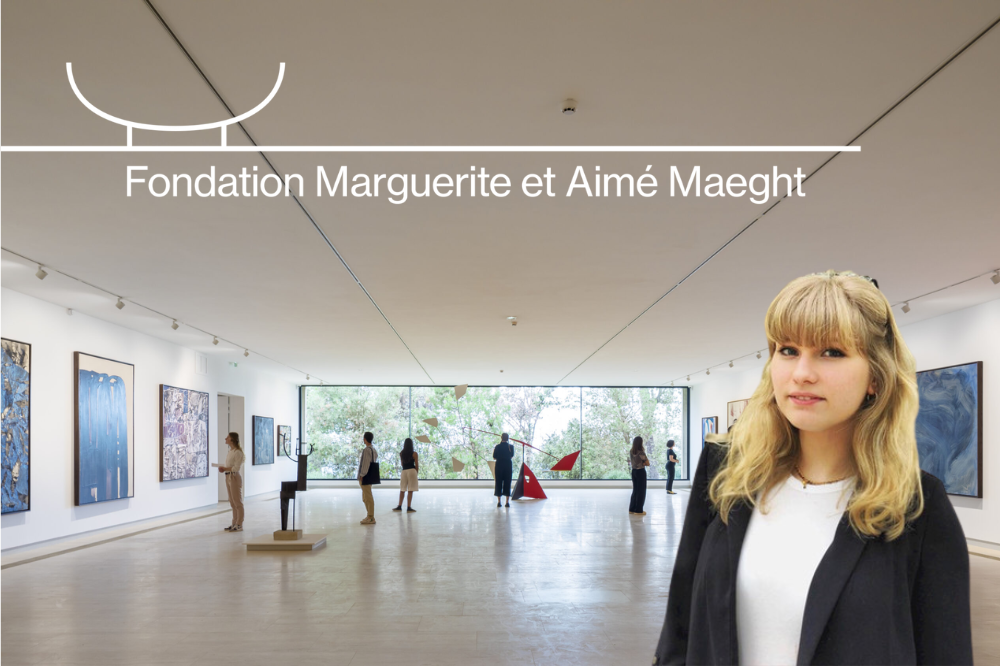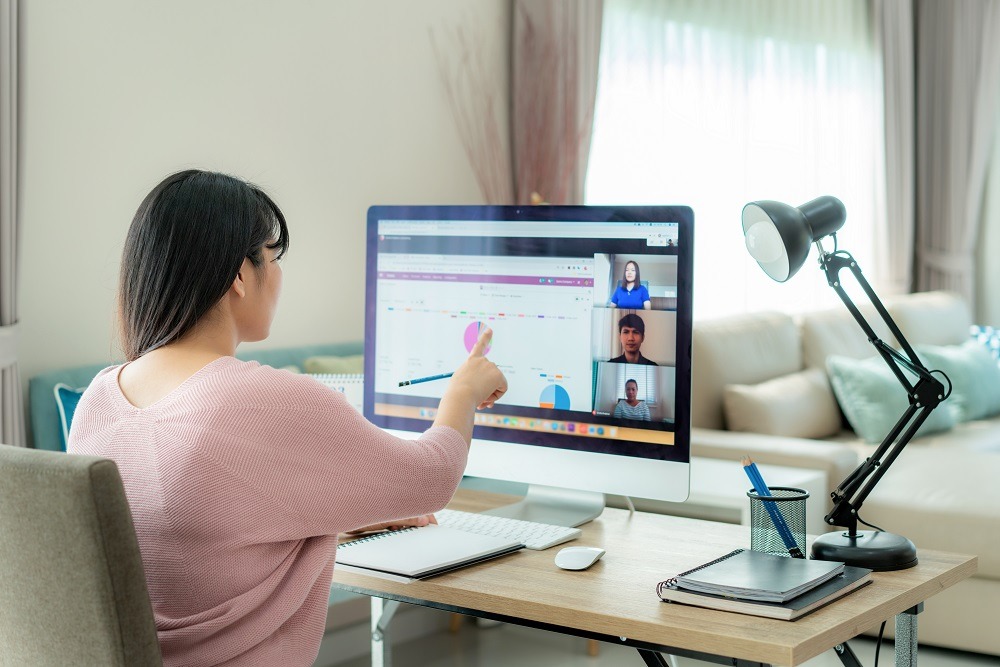Fondation Maeght is an internationally renowned art foundation featuring works by leading 20th-century artists including Pierre Bonnard, Georges Braque, Alexander Calder, Marc Chagall, Diego Giacometti, Wassily Kandinsky, Barbara Hepworth, Fernand Léger, Joan Miró, Pierre Tal Coat, Germaine Richier, and Raul Ubac.
The foundation turned to ITC Global to produce audio guides using our humAIn® voice cloning technology so international visitors could explore their exhibitions more deeply. This innovative process uses synthetic voices to recreate original recordings in another language while preserving the tone, rhythm, and intention of a message.
The result? An immersive visit in multiple languages—English, French, German, and Italian—where each visitor can hear the same story of the art and the artists as if it’s told directly to them in their language. This is a huge step for cultural accessibility.
Fondation Maeght was founded in 1964, the first private art institution in France and home to great modern and contemporary artists such as Bonnard, who was a close friend of the founders, Aimé and Marguerite Maeght.
This tradition continues each year with an active slate of inventive programming. Cultural mediation is essential to build connections between visitors and artwork. These tools and resources help guests understand the art and the spaces where it is exhibited. The foundation mainly uses audio to share the story of this unique place and the wide variety of cultural events it hosts.
Our audio and video localization expert Serge Greck takes you behind the scenes in an interview with Constance Wackenheim, recorded at Fondation Maeght. This interview has been edited for length and clarity.
Hello, Constance. What is your main responsibility at Fondation Maeght?
Hi. I’ve been the communication and patron coordinator since 2021 and I co-design audio and digital mediation projects with my colleague, Florence Monnier, who is in charge of mediation at the foundation.
At the Fondation Maeght, knowledge is shared discreetly; there is very little text on the walls. We really like sharing via audio because this is how stories are told and we tell lots of stories at the Fondation. We provide visitors with an app to guide their visit. It features audio content that tells the foundation’s story, explains major works of art, and lets the artists speak. Directly through each person’s phone!
Can you tell us more about the Maeght family’s history and how the Fondation was created?
Of course. Aimé and Marguerite Maeght met in Cannes. Aimé was a war orphan; his father died during the First World War. He became a lithographer and moved to the Côte d’Azur which was very popular among artists in the 1930s. There he met Marguerite de Bailleul, the daughter of a merchant. Together they opened a small radio shop and turned it into a gallery, exhibiting works by local artists. This is how they began their careers as art dealers.
They also opened a gallery in Paris after World War II, encouraged by French painter Pierre Bonnard. During the German occupation of France, they participated in the French resistance by making fake papers. Around this time, they took refuge near Saint-Paul-de-Vence in southeastern France.
The Maeghts had two children, Bernard and Adrien, our current president. Little Bernard had leukemia and his parents purchased some land so he could have a place to relax. After he died at the age of 11, this place became the foundation’s cornerstone. The Maeghts created a space devoted to artists and artistic creation, drawing inspiration from American foundations. All of their artist friends participated in the project, including Miro, Giacometti, and Léger. This is how Fondation Maeght came to be, more than 60 years ago.
What challenges did ITC Global address?
We already had an original audio guide in French, English, and Italian. We wanted to expand with a German version to offer more options to our visitors, because 70% come from abroad.
We wanted to find a solution for this new version that better conveyed the tone and intention of the original French guide. ITC Global’s humAIn® solution was a unique alternative to traditional recording. This version truly matches the existing one, but in another language.
The audio was created quite quickly. We started the project in early December and everything was in place by mid-January.
Did you edit the translations ITC Global produced?
Yes, of course. We reviewed and approved the translations ourselves during quality control, then ITC Global produced the German voices from the French audio.
Looking to the future, are there any other projects in the works?
Yes, we plan to continue sharing audio content during our next exhibition, this time from contemporary artists in our collection. These international artists often express themselves more naturally in their native language. To us, it’s important to precisely translate their remarks in a way that reflects their tone.
With their permission, of course, these recordings will be localized and reproduced using AI through ITC Global’s humAIn® process so that we can offer an audio guide in French, English, and German, which will help a wider audience to hear the artists in their own voices!
This is really important to us because contemporary art can sometimes be quite opaque. And hearing an artist talk about their work at an exhibition is so rare and valuable that we feel it’s essential to share this with the largest audience possible. That’s our priority.


